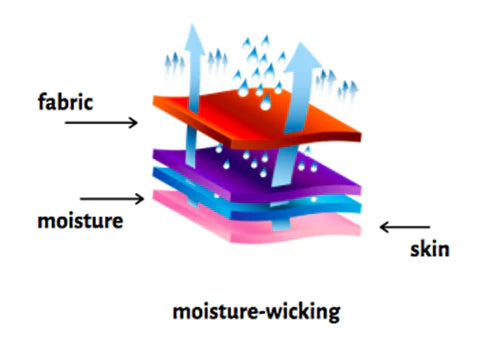When it comes to choosing fabrics for clothing, home goods, or other products, the impact on the environment is an important consideration. Sustainable fabrics offer a variety of benefits that make them a great choice for those looking to reduce their carbon footprint and support eco-friendly practices.
What are sustainable fabrics?
Sustainable fabrics are materials that are produced in an environmentally and socially responsible manner. This includes using natural fibers that are grown without harmful chemicals, as well as utilizing recycled materials to reduce waste. These fabrics are often biodegradable and have a lower impact on the planet compared to traditional synthetic materials.
Why choose sustainable fabrics?
There are several reasons to opt for sustainable fabrics in your products. Firstly, they are better for the environment, as they require fewer resources to produce and generate less pollution. Additionally, sustainable fabrics are often more durable and long-lasting, reducing the need for frequent replacements and ultimately saving money in the long run.
What are some examples of sustainable fabrics?
Common sustainable fabrics include organic cotton, hemp, bamboo, and Tencel. These materials are all produced using eco-friendly practices and offer unique benefits such as breathability, moisture-wicking properties, and antimicrobial qualities. By choosing products made from these fabrics, consumers can enjoy high-quality items while supporting sustainable practices.
How can sustainable fabrics benefit the fashion industry?
The fashion industry is one of the largest contributors to environmental pollution and waste. By incorporating sustainable fabrics into their designs, fashion brands can reduce their carbon footprint and set a positive example for the industry. Consumers are increasingly seeking out eco-friendly options, making sustainable fabrics a smart choice for brands looking to appeal to a more conscious audience.
Overall, the use of sustainable fabrics offers a range of benefits for both the environment and consumers. By making informed choices about the materials used in products, individuals can contribute to a more sustainable future for the planet.




